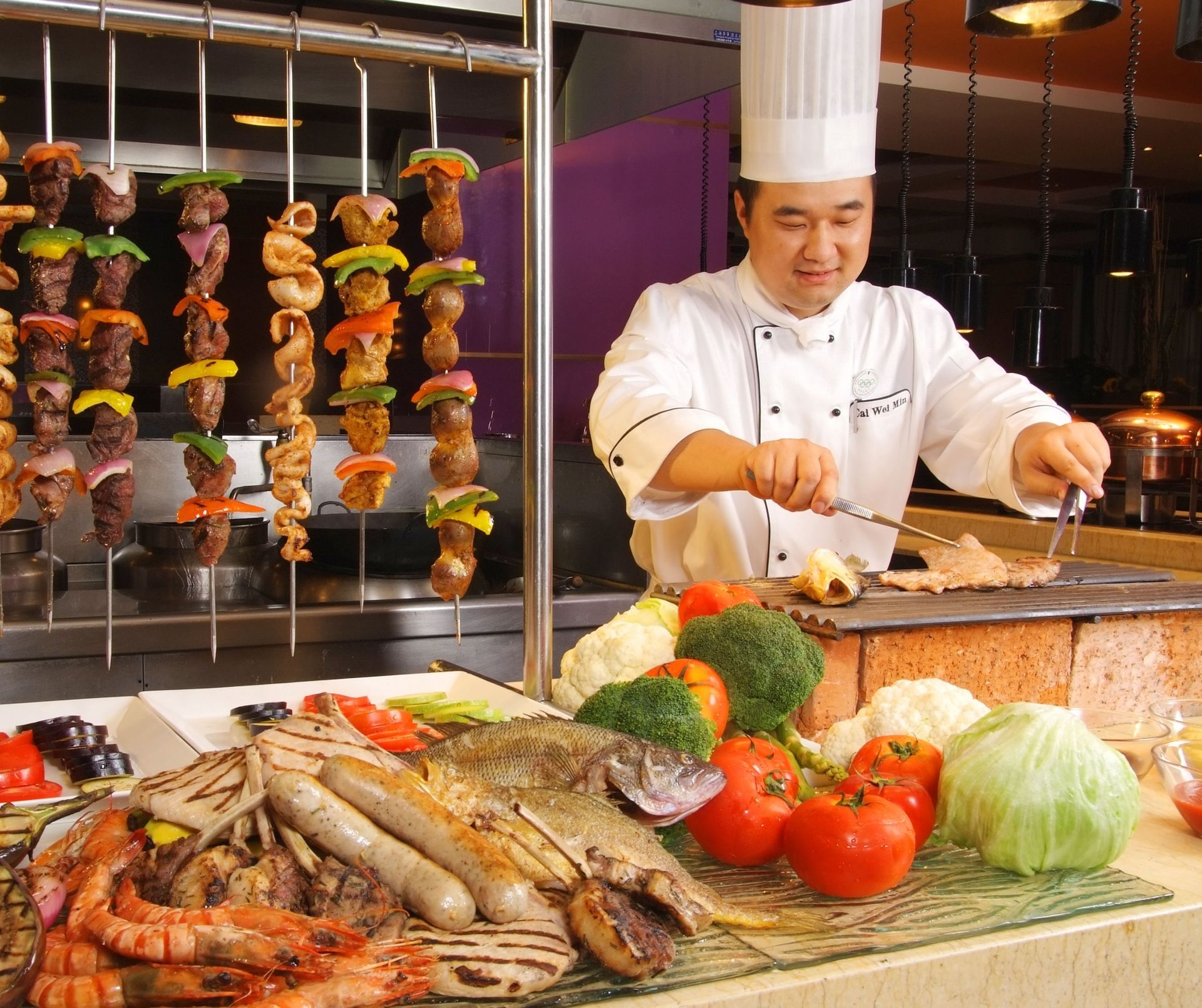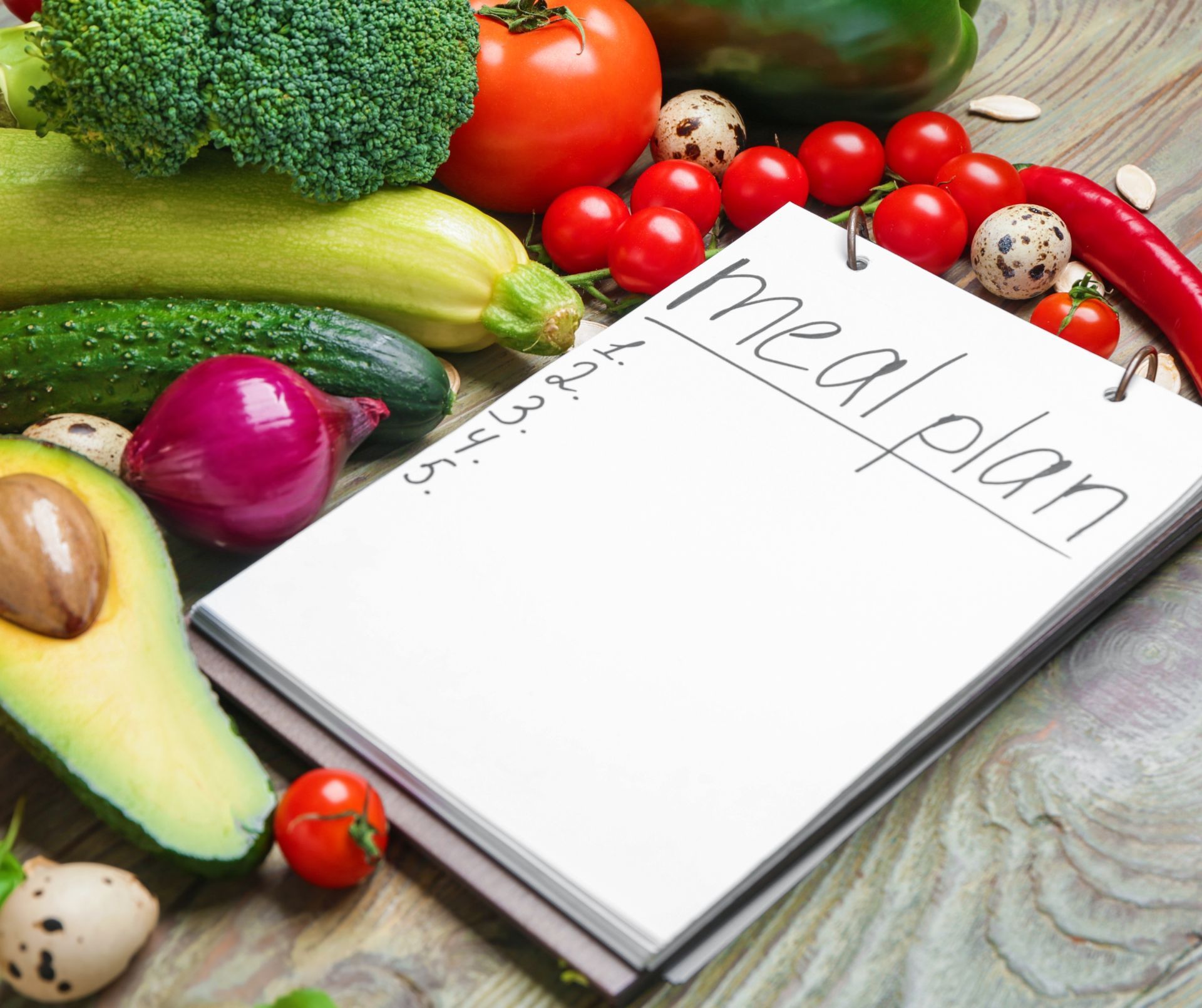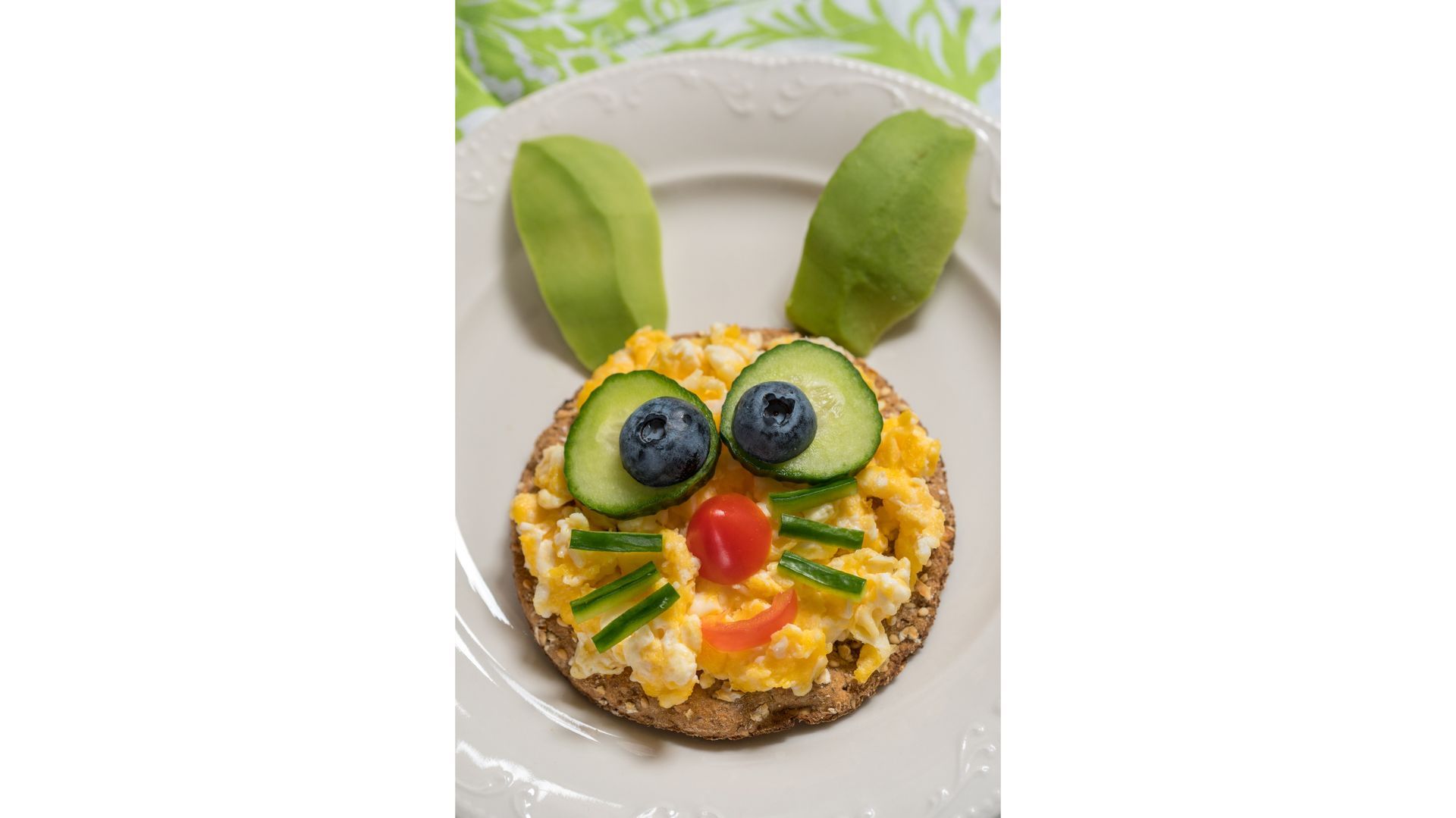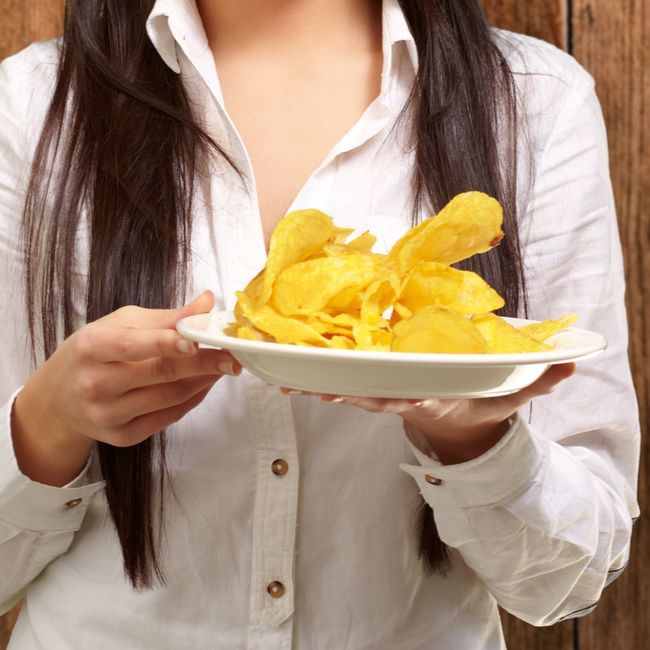PHONE:
4 Fall Foods for Your Family
For many, fall means new classes, new activities and sports, new schedules and a shift to colder weather foods. Regardless of age, having the right fuel is key to helping us function at our best.
Summer's bounty of tomatoes and peaches may be over, but harvest season has its own advantages such as an abundance of the following delicious fall foods. Here are some simple, family-friendly ways to add them to your family's meals.
Pumpkin
Is anything more fall-like than a pumpkin? These famously orange winter squashes are chock-full of vitamin A and deliver 3 grams of fiber per ½-cup serving of cooked sugar pumpkin, plus they contribute towards potassium needs. Note that the pumpkins you carve into jack-o’-lanterns are not the same type of pumpkins you eat. Try pumpkin puree mixed into mac-and-cheese or with hummus for a seasonal spread. Looking for more options? Add pumpkin to pancake batter, oatmeal, smoothies or your family's favorite chili.
And don't forget about roasting the seeds! Pumpkin seeds are a delicious and healthful snack and a source of several nutrients, including zinc, which is essential for many body processes including immune function.
To toast your pumpkin seeds, first rinse to remove pulp and strings. Spread seeds on a baking sheet that has been coated with cooking spray or drizzle a small amount of olive oil over seeds. Bake at 325°F for about 30 minutes or until lightly toasted. Stir occasionally during cooking. Take a look at your spice rack and try a seasoning on your toasted seeds such as garlic powder or Cajun seasoning.
Oats
Heart-healthy, oats are a good source of dietary fiber for slow-burning energy. Warm slow-cooked oatmeal is an affordable and filling breakfast. Top oatmeal with nuts such as walnuts, almonds or pecans, seeds such as ground flaxseed or pumpkin seeds and fruit such as pears or cranberries for even more fiber, vitamins and minerals.
Apples
Apples pack a powerful nutrition punch and are a source of vitamin C and dietary fiber — eat the skins for the full fiber benefits.
Sprinkle apple slices with ground cinnamon or pair with cheese or peanut butter for an easy snack. Don't forget about dinner! Apples taste great when stewed and served with savory foods such as roasted pork.
Brussels Sprouts
They may be small, but Brussels sprouts are part of the powerhouse cruciferous veggie family. Each 1-cup serving of cooked Brussels sprouts provides 4 grams of dietary fiber, is an excellent source of vitamins A, C, K and folate, and a good source of iron. They even have some protein.
You can cut whole Brussels sprouts into quarters and toss with sea salt and olive oil and roast until crispy. If your family members are skeptical, serve the sprouts mixed with roasted sweet potato or butternut squash cubes. You also can shred them (or buy them pre-shredded) and sauté lightly in olive oil then toss with your family’s favorite pasta or rice dish.
Contributor: Jessica Cording, MS, RD, CDN
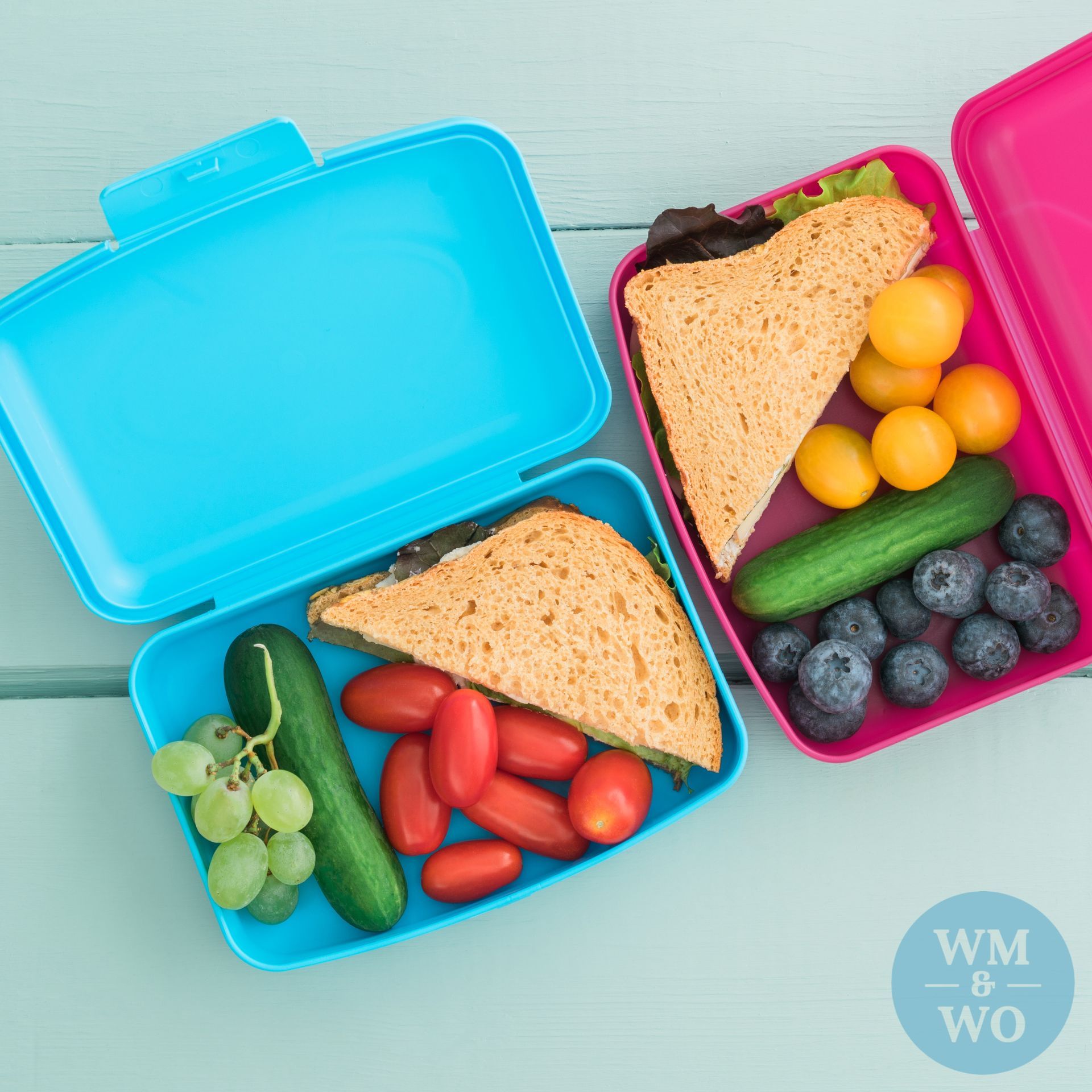

Contact Us
We will get back to you as soon as possible.
Please try again later.
Please do not send any confidential/medical information. This space is not HIPAA compliant.
Weight Management & Wellness Online | All Rights Reserved | Created by Olive + Ash. Managed by Olive Street Design | Site Map


